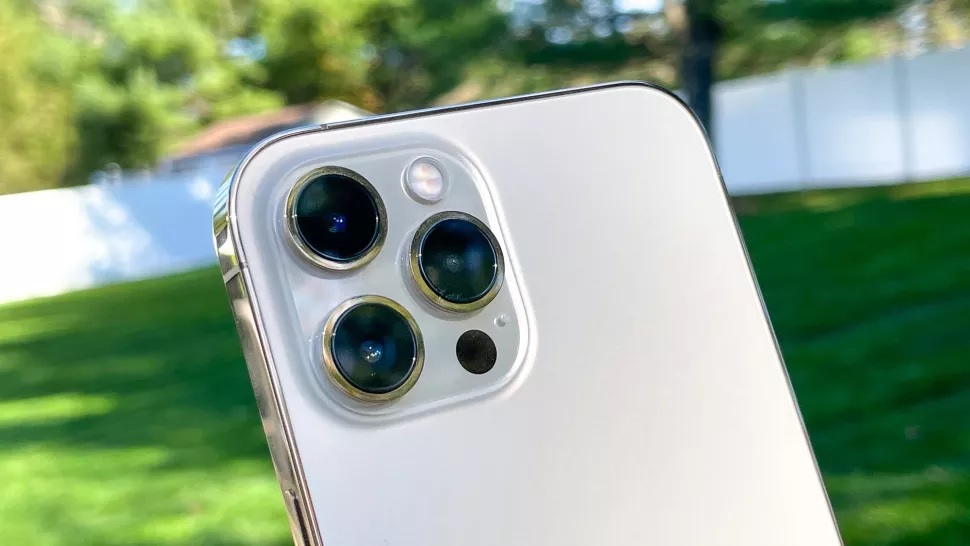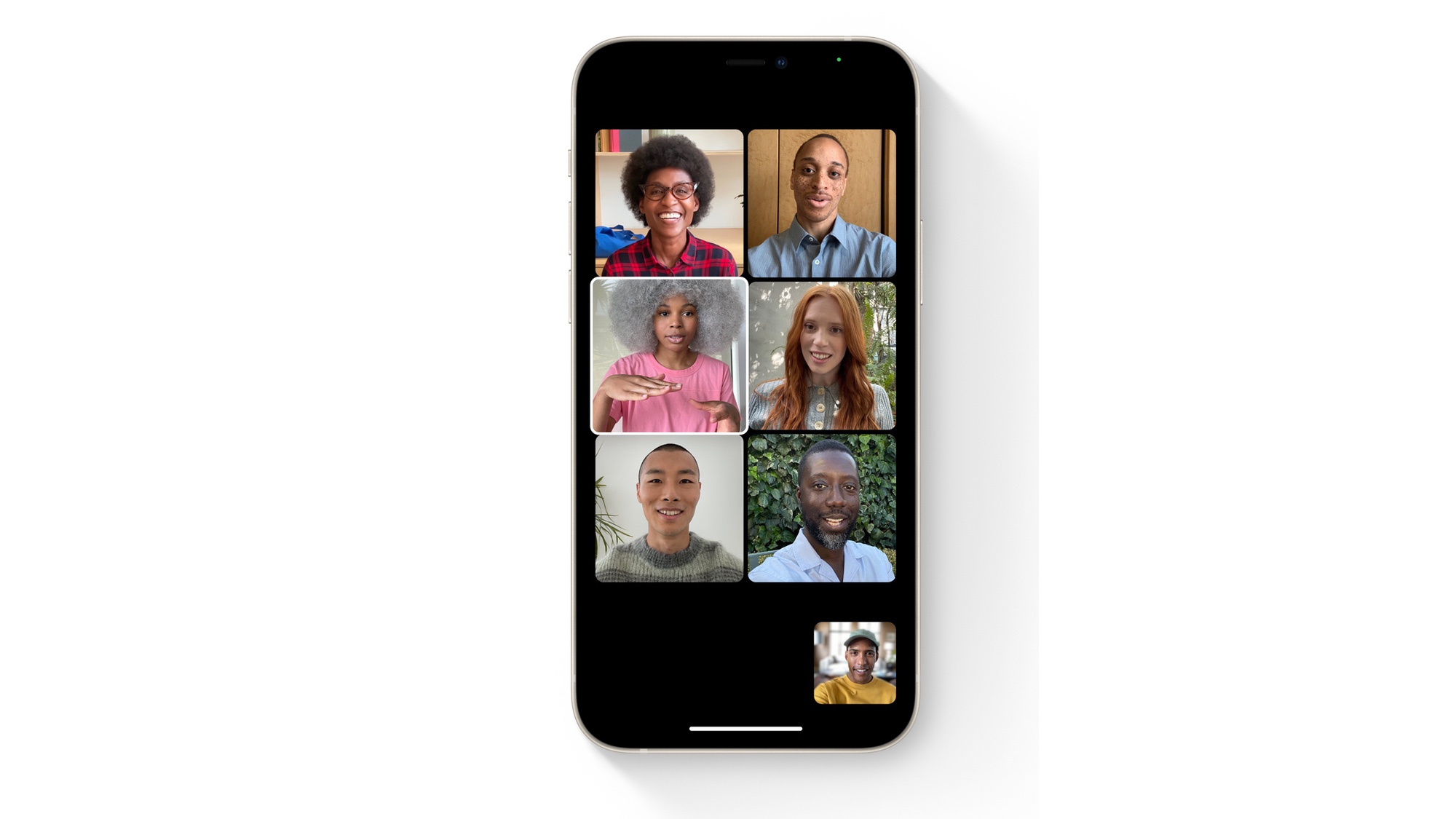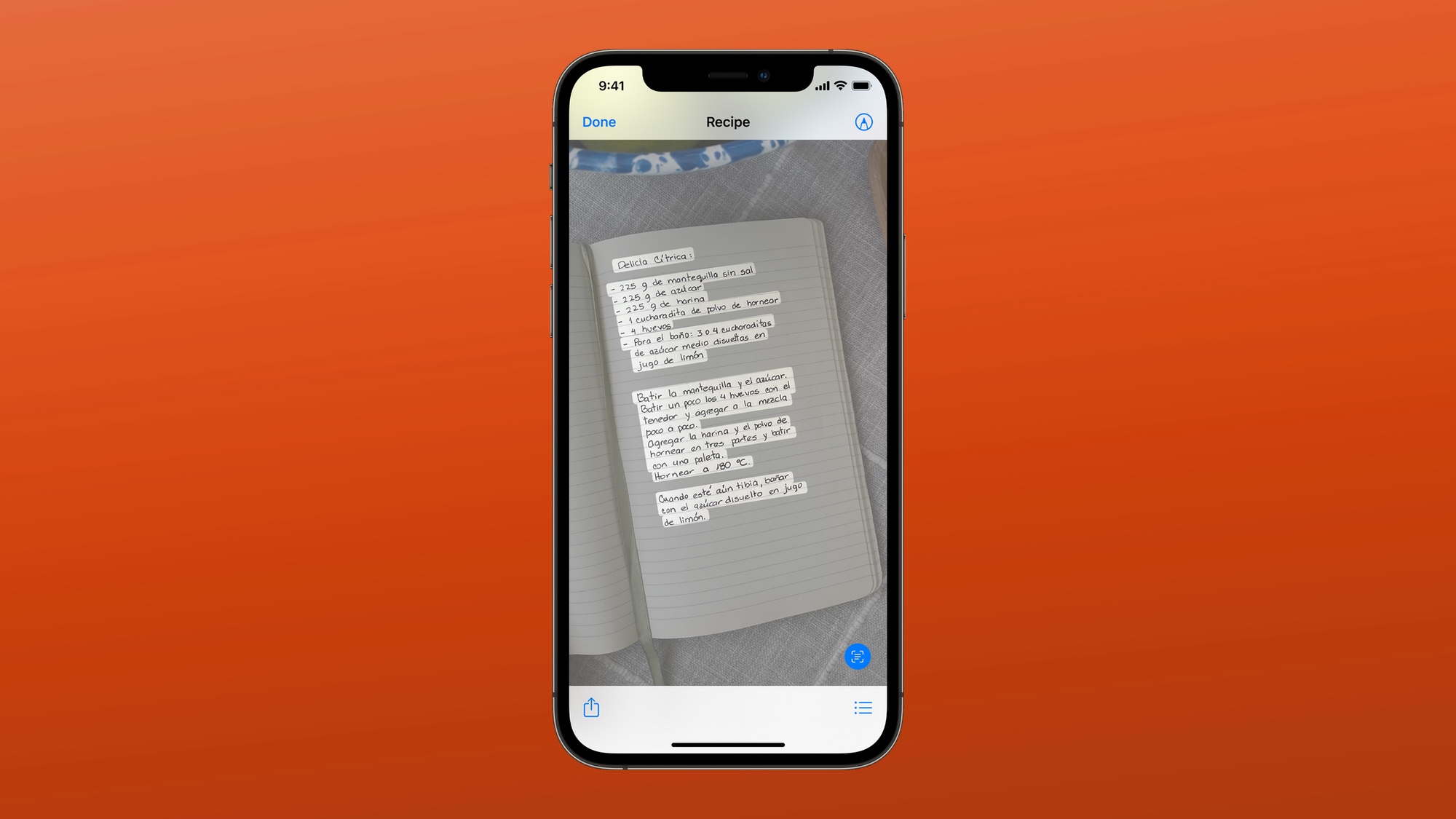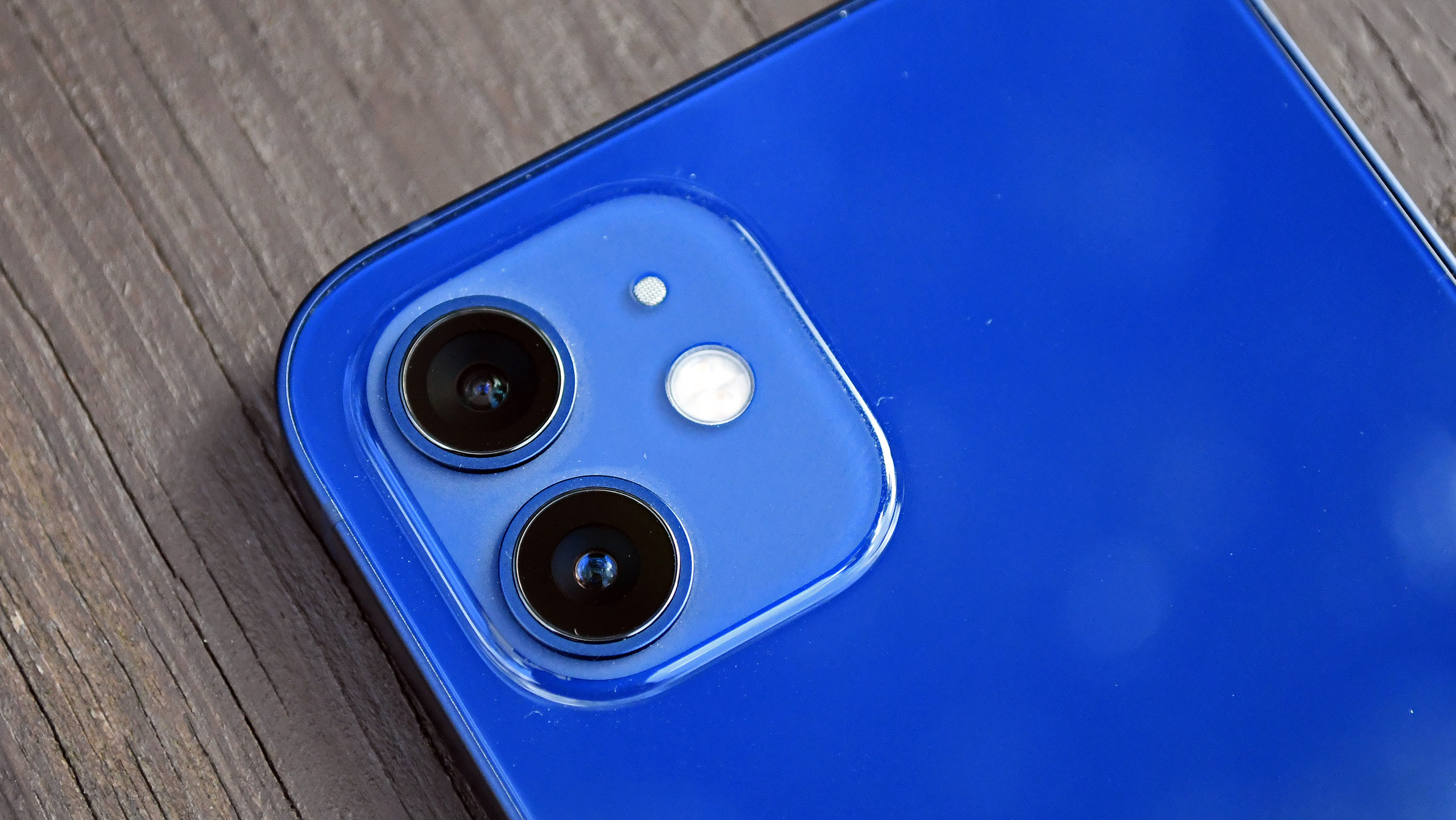iPhone 13 — what iOS 15 could tell us about the new iPhone
Looking for clues as to iPhone 13 features? The iOS 15 update tips Apple’s hand.

We've got a way to go before we get an official look at the iPhone 13, but Apple has already revealed a crucial element that will power the phones it's releasing this fall. iOS 15 is the software that will run on Apple's new iPhones, and it's already in the hands of developers in advance of a public beta arriving in July.
iOS 15 packs in an extensive list of features, and Apple covered a lot of them during a preview at June's Worldwide Developer Conference. Other iOS 15 hidden features have flown under the radar, but you can still find out about them if you dig through Apple's public documentation for the iOS update and talk to people who've used the early developer beta.
- Best iOS 15 features: What’s coming to your iPhone this fall
- Here are the best iPhones right now
While Apple has told us all about features like Focus for managing notifications and eliminating distractions and updates to existing apps like Maps, it's been tight-lipped about other aspects of iOS 15 — namely, features in the software update that will specifically benefit the iPhone 13. But some of the features that Apple has announced point to some potential capabilities for future phones. Apple may not have announced anything official about the iPhone 13, but in some ways, what it's shown with iOS 15 has told us plenty.
Here are some predictions about the iPhone 13 based on what we've seen so far from iOS 15.
You're getting more augmented reality apps with iPhone 13
It's no secret Apple sees a lot of potential with augmented reality. For years, it's rolled out developer tools aimed at helping app makers work AR features into their offerings. And Apple is even singing from its own song sheet, adding AR-powered immersive walking instructions to the iOS 15 version of Maps. The parade of AR apps for the iPhone should continue as well thanks to RealityKit 2 — another set of developer tools that promise to help app makers create more immersive AR experiences.
That's a lot of focus on AR if there's no hardware to support it. And it's true that some of those features are already supported by Apple-designed processors — the immersive walking features in Maps, for example, requires a phone powered by at least an A12 Bionic chip or later (basically, the iPhone XR and any device that came after it). But there's more to AR than just processing power.

For the iPhone 12 Pro and iPhone 12 Pro Max, Apple added LiDAR sensors to the rear camera array. Primarily, that sensor helps improve portrait photos by improving depth scanning, but it can support AR features as well such as accurately overlaying virtual objects in a real space. The more phones that are capable of supporting features like that increases the willingness of developers to put the effort into adding AR capabilities into their software, so it stands to reason that Apple could add LiDAR to its entry-level iPhones.
Get instant access to breaking news, the hottest reviews, great deals and helpful tips.
Indeed, that's a popular rumor for the iPhone 13 and iPhone 13 mini, with both rumored phones said to adapt the LiDAR sensors Apple introduced in the recent Pro models. The existence of RealityKit 2 doesn't confirm that, but it does emphasize Apple's desire to get AR features in the hands of more iPhone users.
iPhone 13: Expect a better mic and front camera
Unless we're unlocking our iPhones with Face ID, we probably don't think too much about the TrueDepth camera on the front of the iPhone. But given the extensive changes Apple's introducing to FaceTime in iOS 15, you could easily anticipate Apple improving the front camera on the iPhone 13 in some way, After all, if we're being encouraged to spend more time chatting face-to-face, we're going to want a camera that lets us put our best face forward.

But the improvements in iOS 15's FaceTime are just as much about sound as they are video. FaceTime gets a spatial audio feature that makes people's voices sound like they're coming from the location of their faces on the iPhone screen. New mic modes in FaceTime include Voice Isolation for minimizing background noise and Wide Spectrum for including more ambient audio. It wouldn't be a great leap of logic to imagine microphones in the iPhone 13 that are tailored to optimize these improvements.
That said, iPhone 13 rumors so far have had little to say about either microphones or the TrueDepth camera on the new phones, other than to speculate that the notch housing the front-facing camera is likely to shrink on all models. We wouldn't be surprised if Apple has more to say in the fall.
Adaptive 120Hz displays seem like a sure bet for the iPhone 13 Pro
Based on the iOS 15 features Apple has talked up so far, we're going to spend a lot of time looking at our iPhone screens this fall. Besides all those FaceTime calls with SharePlay sessions for watching videos, Maps has a new Guides Home that stores all its travel guides, Safari has a new design that's being suited to one-handed web surfing, and the Memories feature in Photos becomes more interactive, as you can replay, jump ahead or adjust music.
A lot of those activities would benefit from screens with faster refresh rates than the 60Hz currently supported by existing iPhones. And that's why we think the features coming to iOS 15 are just more evidence that Apple's adding dynamically adjusting refresh rates, as has been rumored for the iPhone 13 Pro models.
A fast refresh rate like the 120Hz rate the iPhone 13 Pro is expected feature would make scrolling smoother and video experiences more immersive. It's something a lot of leading Android phones like the Galaxy S21 lineup and the OnePlus 9 Pro offer, so it's important for Apple to catch up. And by making the refresh rate adjust to your on-screen activity — the refresh rate scales down when you're engaged in more static actions — you can preserve battery life, something the iPhone definitely needs based on the iPhone 12 Pro's performance in our battery testing.
A faster refresh rate for the iPhone 13 Pro won't be a done deal until Apple announces it, but iOS 15 should make you feel pretty confident that this rumor is coming true.
Expect to hear about the A15 Bionic's neural engine
iOS 15 takes a page out of Google's book by tapping into artificial intelligence to identify text in photos. Live Text will let you tap on text in a photo and either copy it to a note, or look it up if it's an address or phone number. Similarly, a new Visual Look Up feature will let you swipe up on photos to look up more information on the subject of the shot, whether it's a point of interest, a flower or animal.

That kind of feature requires a lot of processing power, which is why Live Text and Visual Look Up are also iOS 15 capabilities that require an A12 Bionic processor or later. It's a safe bet that the A15 also includes a powerful neural engine to support these features, and we imagine that when Apple announces the iPhone 13's new processor, it will spend as much time talking about the AI capabilities it enables as it will focus on the performance boost and graphics rendering features of the chip.
What about camera features?
Sometimes what a company doesn't tell you says as much about what they are saying. And so far, Apple has had very little to say about Camera app improvements in iOS 15. Apple's iOS 15 documentation mentions a pair of features like improved panorama captures and the ability to zoom in and out when capturing a QuickTake video by swiping up or down. Neither of these features got much stage time during iOS 15's preview at WWDC.

Already, rumors are hinting about substantial iPhone 13 camera changes, particularly with the iPhone 13 Pro. Both the iPhone 13 Pro and iPhone 13 Pro Max are expected to get a new 6-element lens for their ultrawide camera for improved image quality. Sensor-shift stabilization introduced with the iPhone 12 Pro Max is expected to find its way to Apple's other phones, bringing steadier video and less shake.
That Apple isn't dwelling too much on camera features when talking about iOS 15 isn't a sign that the iPhone 13 won't make picture-taking a major focus. Rather, we think it's because Apple will have plenty to say about camera improvements when the iPhone 13 arrives in the fall.
Faster 5G connectivity
iOS 15 promises several improvements to iPhones capable of connecting to 5G — basically, the four iPhone 12 models at this point, but you can expect the iPhone 13 to join those ranks. Apple says that 5G iPhones running iOS 15 will enjoy faster 5G connectivity when backing up to iCloud or restoring backups, streaming audio and video, downloading Apple TV Plus shows, syncing photos and updating Apple News Plus articles for offline reading. Those phones will also be able to prioritize 5G should the Wi-Fi connectivity on your network slow down.
You imagine the iPhone 13's 5G improvements won't stop there. Reportedly, the iPhone 13 is in line to use Qualcomm's Snapdragon X60 modem, a 5-nanometer modem that's smaller and more efficient than the 7-nanometer modem in the iPhone 12. X60-equipped phones can also aggregate data from both mmWave and sub-6GHz 5G at the same time, which should improve speeds.
Combine that rumored hardware upgrade with the software improvements that iOS 15 delivers for 5G phones, and it should mean a better 5G experience if you upgrade to the iPhone 13.
Philip Michaels is a Managing Editor at Tom's Guide. He's been covering personal technology since 1999 and was in the building when Steve Jobs showed off the iPhone for the first time. He's been evaluating smartphones since that first iPhone debuted in 2007, and he's been following phone carriers and smartphone plans since 2015. He has strong opinions about Apple, the Oakland Athletics, old movies and proper butchery techniques. Follow him at @PhilipMichaels.

